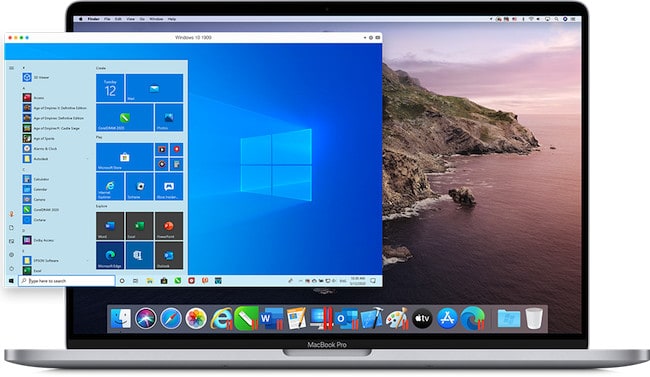
- #Mac os system 7 emulator windows mac os
- #Mac os system 7 emulator windows code
- #Mac os system 7 emulator windows windows
Extensions were often a source of instability and these changes made them more manageable and assisted trouble-shooting. Later versions of System 7 offered a feature called “Extensions Manager” which simplified the process of enabling/disabling individual extensions.
#Mac os system 7 emulator windows code
#Mac os system 7 emulator windows mac os
Aliases can be best described as a fusion of a hard link and a symbolic link on Unix-based systems, including Mac OS X.)
#Mac os system 7 emulator windows windows
(Unlike the path-based approach of Microsoft Windows 95, aliases also store a reference to the file’s catalog entry, so they continue work even if the file is moved or renamed. Likewise, choosing an alias file from within an “Open” dialog box would open the original file. When double-clicked, the computer will act the same way as if the original file had been double-clicked. It acts as a redirect to any object in the file system, such as a document, an application, a folder, a hard disk, a network share or removable medium or a printer. A typical alias is small, between 1 and 5 KB. An alias is a small file that represents another object in the file system. Along with various UI improvements for AppleTalk setup, System 7 also included a basic file sharing server allowing any machine to publish folders to the AppleTalk network. Trash was now a formal directory, allowing items to be preserved between reboots and disk eject events instead of being purged.In System 6, this function was optional through the MultiFinder in System 7 it was mandatory. System 7 was developed for the Motorola 68k processor, but was ported to the PowerPC after Apple adopted the new processor.Ĭompared with System 6, System 7 offered: With the release of version 7.6 in 1997, Apple officially renamed the operating system “Mac OS”, a name which had first appeared on System 7.5.1’s boot screen. “System 7” is often used generically to refer to all 7.x versions.

Features added with the System 7 release included cooperative multitasking, virtual memory, personal file sharing, an improved user interface, QuickTime, and QuickDraw 3D. It succeeded System 6, and was the main Macintosh operating system until it was succeeded by Mac OS 8 in 1997.

System 7 (codenamed “Big Bang” and sometimes called Mac OS 7) is a single-user graphical user interface-based operating system for Macintosh computers.


 0 kommentar(er)
0 kommentar(er)
